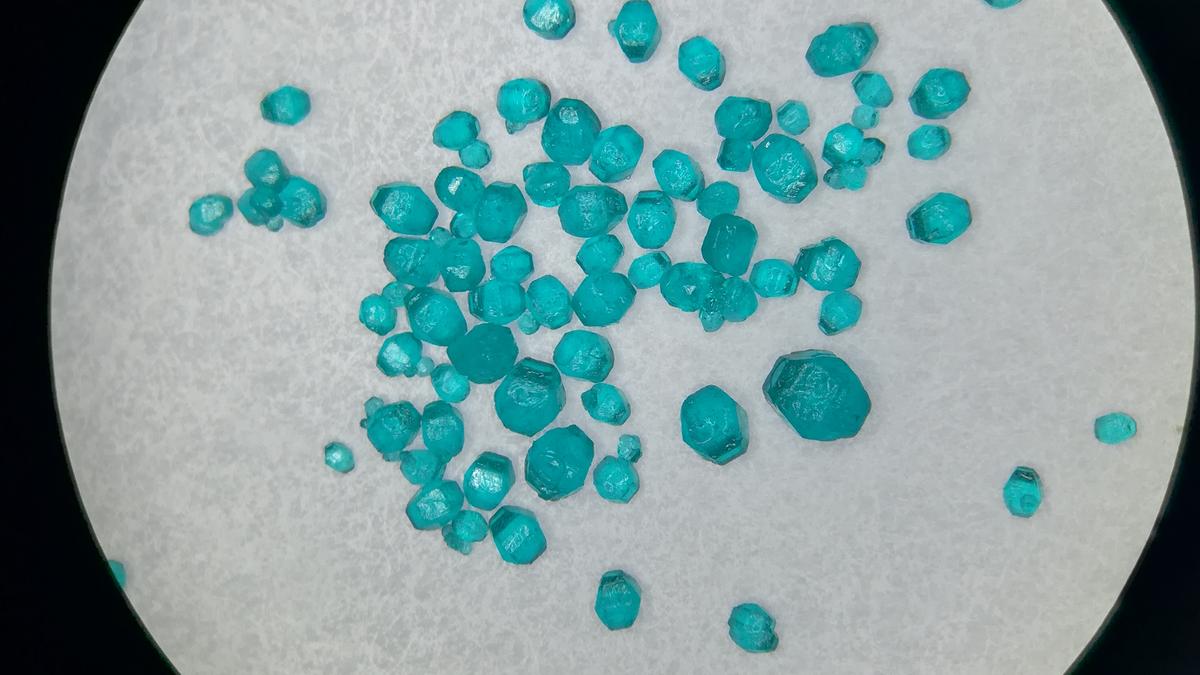
Unexpected link between nickel toxicity, cholesterol levels found Premium
The Hindu
Researchers from the University of Georgia discover a link between nickel exposure, sterol deficiency, and fungal growth in mammals.
Every so often, researchers discover a connection between what were believed to be completely unrelated phenomena. A team from the University of Georgia in the U.S. published one such report in the journal PLoS Genetics on September 16. They discovered that exposing mammalian and fungal cells to the heavy metal nickel resulted in sterol deficiency.
Additionally, tolerance to nickel was found to increase when the fungal cells over-expressed a gene called ERG25, which encodes an enzyme. Cells unable to increase levels of the ERG25 enzyme were unable to grow in the presence of a higher nickel concentration.
Until this report, no one suspected nickel toxicity was related to sterol biosynthesis in fungi and animals.
Nickel was once used commonly to secure earrings in pierced ears, but it soon became clear that in a significant fraction of people it was a contact allergen. Nickel compounds are also known to be carcinogenic.
In the wild, on the other hand, plants, bacteria, and fungi need nickel for the normal function of an important enzyme called urease. For example, the fungus Cryptococcus neoformans uses urease to help it spread and colonise.
Sterols are an important chemical component of the cell membranes of plants, animals, and fungi. The compound makes the membranes more rigid.
In mammals including humans, the principal sterol is cholesterol. If it is present in high concentrations in the body, it tends to be deposited in the inner lining of our blood vessels. As the deposits accumulate, they block the flow of blood, eventually leading to chest pain, heart attack, and/or stroke.

The Leela Palace Chennai presents the seven edition of Shefs at The Leela in collaboration with ‘Dean With Us’ — the mother-daughter duo of Rupali and Akansha Dean. The event honours the transformative role of Indian women chefs who are shaping the future of gastronomy. After past editions hosted across Bengaluru, Gurugram, Chennai, and Jaipur, the seventh edition in Chennai will bring together four women chefs — Sambhavi Joshi, Taiyaba Ali, Sehaj Ghuman and Bunuma Patagiri, who will bring their years of expertise into curating a menu that speaks both of their work and India’s diverse culinary heritage.





















 Run 3 Space | Play Space Running Game
Run 3 Space | Play Space Running Game Traffic Jam 3D | Online Racing Game
Traffic Jam 3D | Online Racing Game Duck Hunt | Play Old Classic Game
Duck Hunt | Play Old Classic Game










